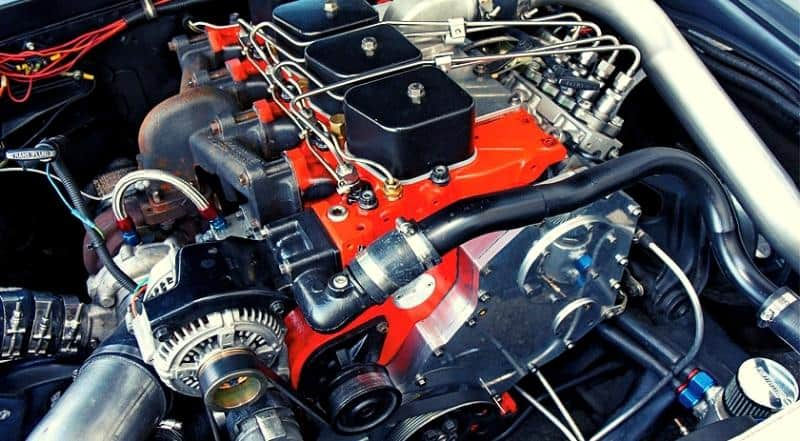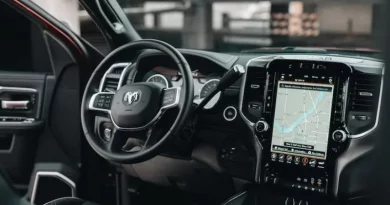Maintenance Schedule for the 4BT Cummins
Last updated on August 30th, 2023 at 09:03 pm
A Cummins diesel engine will require a keen eye for mechanical mishaps. Otherwise, the engine’s components could fall into disrepair, losing efficiency. Fortunately, proper maintenance protocols are simple to follow, so everyone can do it. Here are a few tips to streamline your schedule and help prolong the utility of your engine.
Servicing the Fuel Injectors
Fuel problems have become less uncommon with the 4BT, considering the engineering improvements. However, each fuel injector should be cleaned frequently, which may misfire. Direct injection schematics implement non-corrosive materials, but they remain vulnerable.
Once it is clogged, leaks are more likely, affecting the entire system’s integrity. In addition, these systems may be compromised by a leaky injection component. Drivers may detect decreased mileage, rough idling, and frequent misfiring. Simply add a new set of injectors to ameliorate these concerns if they manifest.
Oil Replacement Frequency
It may go bad unless you monitor the oil’s replacement intervals. Typically, it is recommended that you replace all the oil every 250 hours of operation. On the other hand, a 10,000-mile interval may be appropriate if a driver also replaces the filter.
Likewise, somebody’s driving habits can impact the interval frequency of oil changes. Overloading the tractor’s capacity will hasten the need for new oil, so be cautious.
Swapping Out Engine Fluids
Besides oil, other fluid additives must be inspected to ensure compliance. Transmission fluid should be swapped regularly, such as once every 120,000 miles.
On some occasions, a manual may suggest transmission fluid replacements sooner. Front and rear axle fluids also possess a limited shelf-life, limiting their lifespan. Every 15,000 miles, a mechanic should drain and refill the axle’s fluid containers.
Evaluate the Coolant Levels
After hauling a load, stop the truck and pop the hood to see its radiator. Wait until the engine has cooled before removing the radiator’s cap or risk injury. Removing the cap too soon can adversely impact your health, as it is pressurized.
Additionally, the coolant may spray and eject with force, burning anyone in the way. Generally, Cummins has suggested flushing and refilling the coolant once every 60 months. In many cases, long-distance drivers can accommodate changes once every 100,000 miles.
Inspecting the Drive Belt
Visualize the drive belt and search for intersecting cracks, looking up close. Nevertheless, transverse cracks may be accepted, but longitudinal belts are not.
If the belt is fraying or is missing pieces, secure a new one as soon as possible. Lift the tensioner, remove the old one, and add the new belt in an identical location.
Monitor the Air Intake System
Air intake systems can be impacted by cracked hoses, loose clamps, and punctures. These conditions will diminish the system’s efficacy, decreasing overall output.
Usually, a licensed mechanic can satisfy any required repairs by addressing leaks. They can detect whether a component has reached the end of its useful life and order another.
Replacement of the Fuel Filter
Refresh the fuel filter’s capacity by scrubbing grime away from its head. Afterward, someone can sanitize the gasket surface on the filter head. If you anticipate prolonged downtime, a new one may be installed instead of cleaning the old one.
Make sure to cover it with clean fuel and lubricate the filter with lubricant. Do not tighten the filter by hand, as it may distort the threads. Always follow the suggestions listed by the filter’s manufacturer.
Vibration Dampener Inspections
When visualizing the damper, pay attention to the index lines and damper hub. Ideally, the lines should be less than 1/16th of an inch out of alignment. If it exceeds this minimum measurement, it needs to be addressed. Deterioration of the rubber membrane can also indicate the need for assistance. When it sinks below the metal surface by 1/8th of an inch, you should get a new one.
Turbocharger Maintenance
When handling turbocharged designs, precautions should be taken. Begin by removing the air crossover tube and disconnecting the intake. Afterward, you may equip a wastegate turbocharger to the 4BT Cummins engine.
If you’re interested in optimizing the performance of your diesel engine, consider exploring the benefits of using a new well-matched turbocharger for diesel engines. The right turbocharger can significantly enhance power output and fuel efficiency, making it a valuable upgrade for your vehicle.
Properly Maintaining a Cummins 4BT Engine
Repairs are less expensive when you maintain components according to the builder’s specifications. Fortunately, these steps are simple to follow, especially if you have experience.




